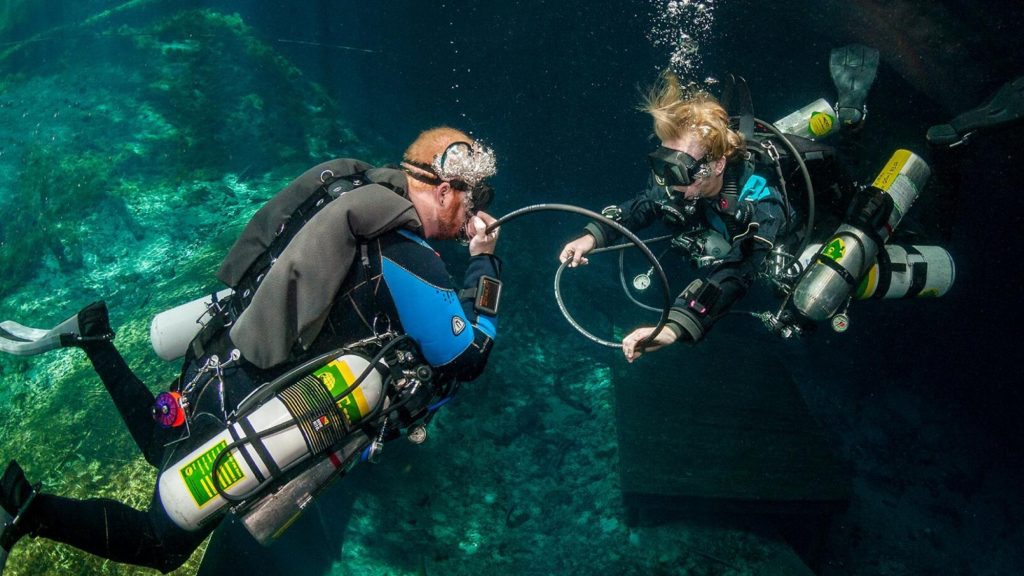
Composite Vs Aluminum Tanks: 5 Durability Comparisons
When comparing composite and aluminum tanks in durability, aluminum tanks corrode at ~0.1mm/year in salt environments, while composites resist corrosion better; composites also absorb 30% more impa...
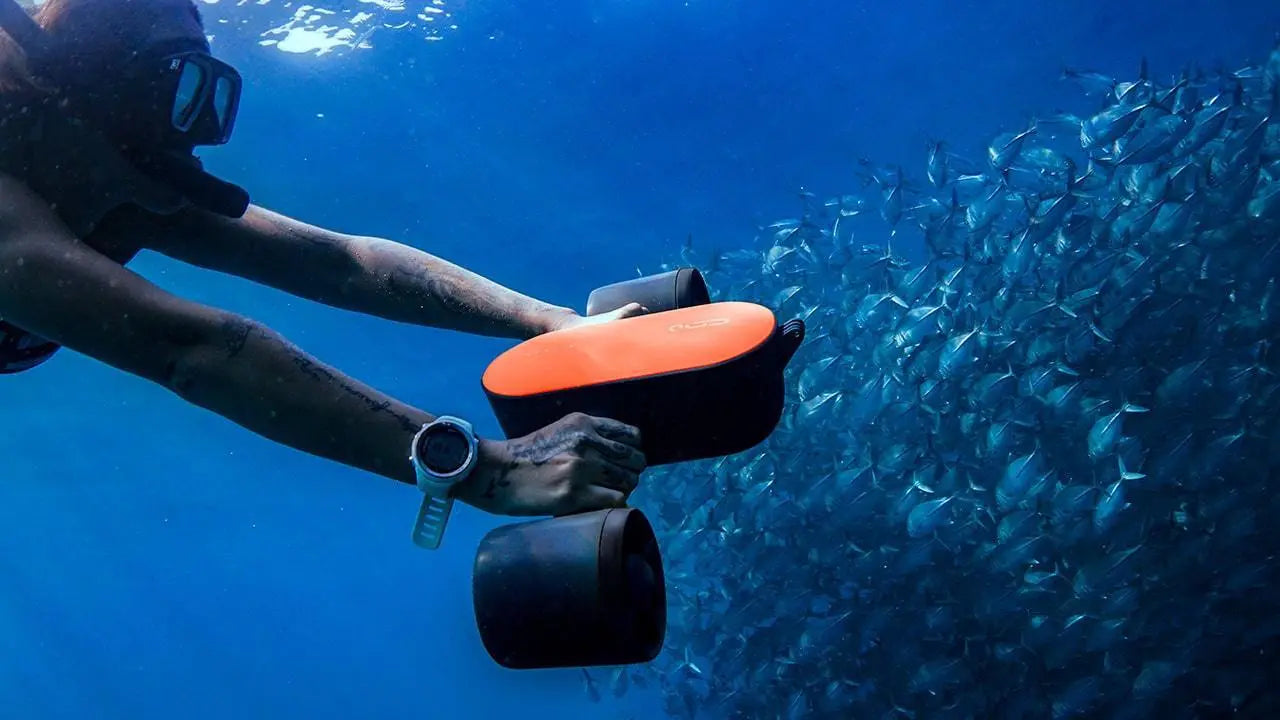
Underwater Scooter Maintenance: 5 Routine Tasks
Underwater scooter routine maintenance includes weekly freshwater rinses (10-15 minutes) to remove salt/sand, monthly battery voltage tests (target 22-24V for lithium models), every 50-hour bearing...
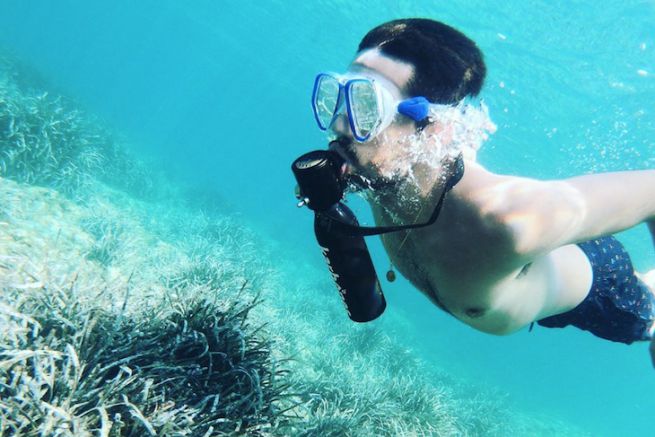
How to Detect Tank Corrosion Early: 5 Warning Signs
Early detection of tank corrosion hinges on five subtle clues: localized temperature spikes over 5°C (a byproduct of rusting reactions), coating peeling exposing >10% metal surface, faint orange...

5 Ways to Prevent Tank Damage During Transport
To prevent tank damage during transport, secure with 4+ high-strength straps (≥500kg capacity) to limit shifting; maintain internal temp ≤5°C fluctuations via real-time monitoring; line interiors w...
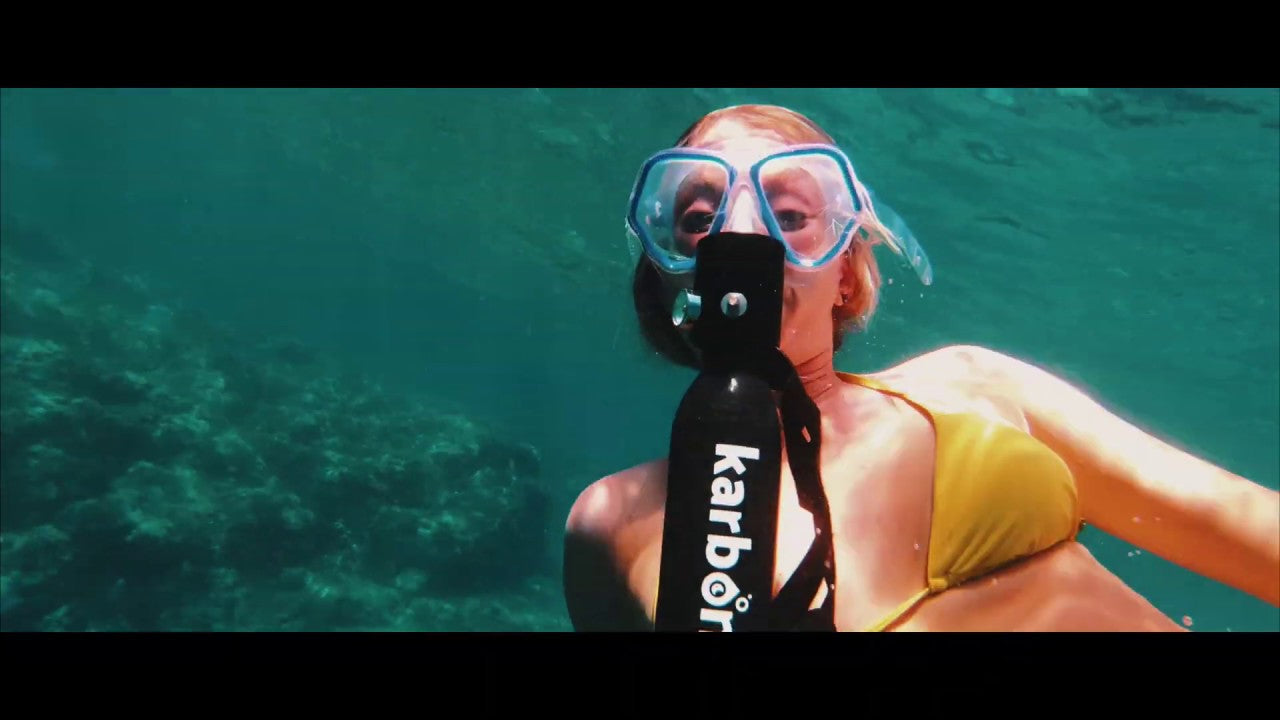
How to Select Mini Tanks Based on Dive Frequency: 5 Tips
To select mini tanks by dive frequency, note that casual divers (1-2 dives/month) need only 2L tanks for brief checks, while frequent divers (3+ dives/week) benefit from 3L models—reducing refill s...
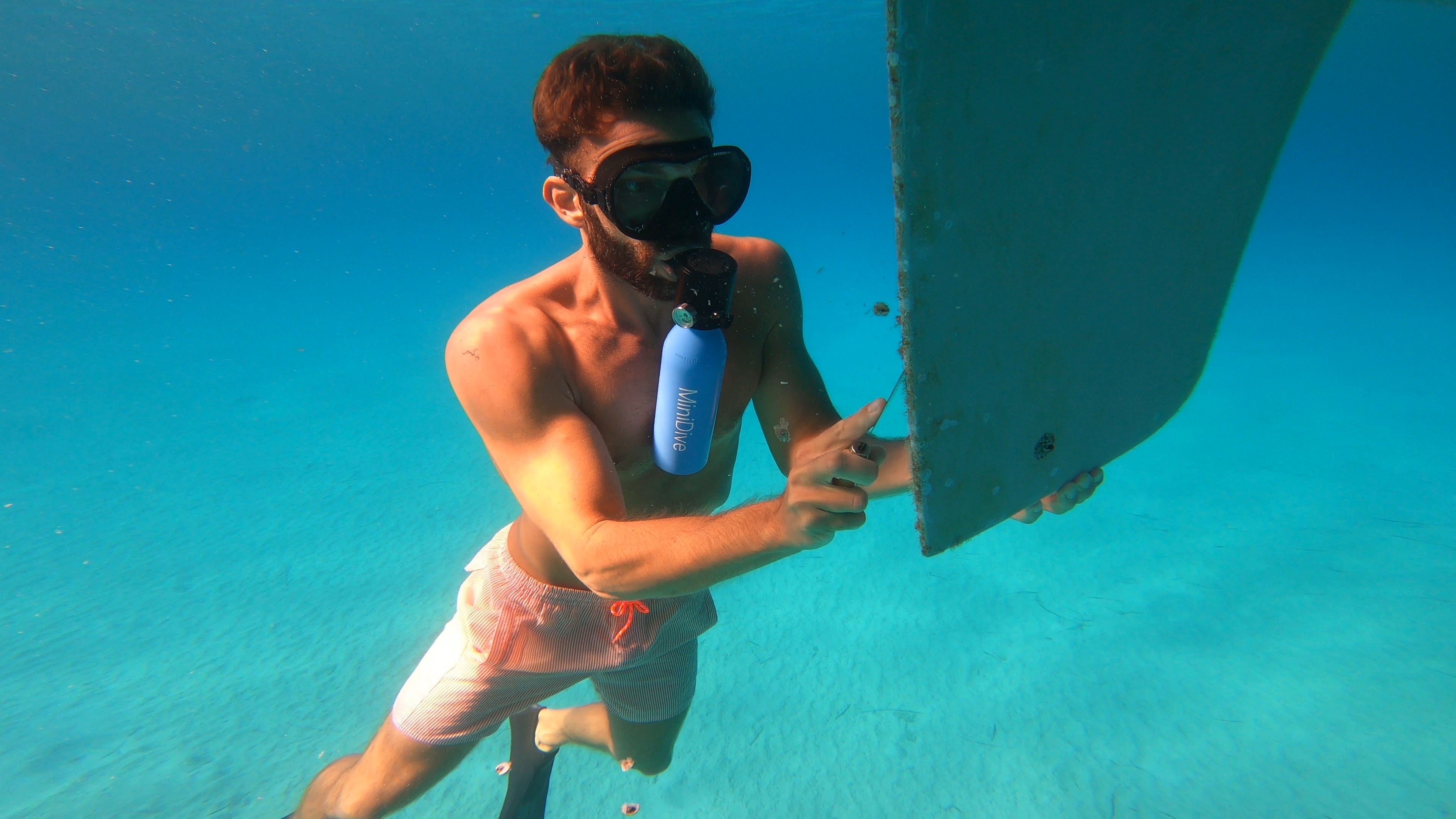
5 Essential Safety Features to Check in Mini Tanks
Ensuring mini tank safety hinges on five critical checks: first, verify the pressure relief valve is calibrated to open at 110% of the tank’s rated working pressure (e.g., 150 psi for a 136 psi-rat...